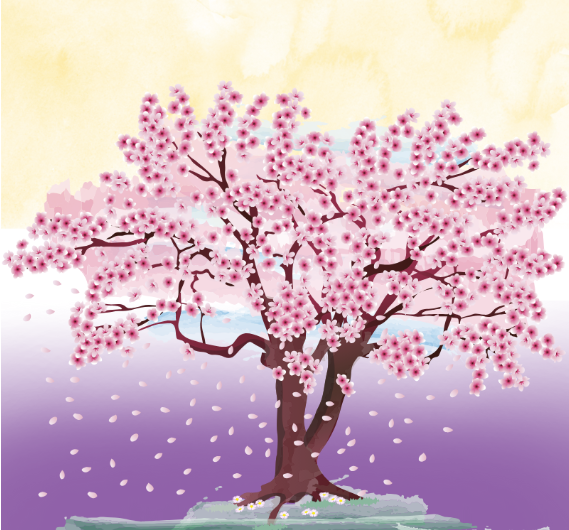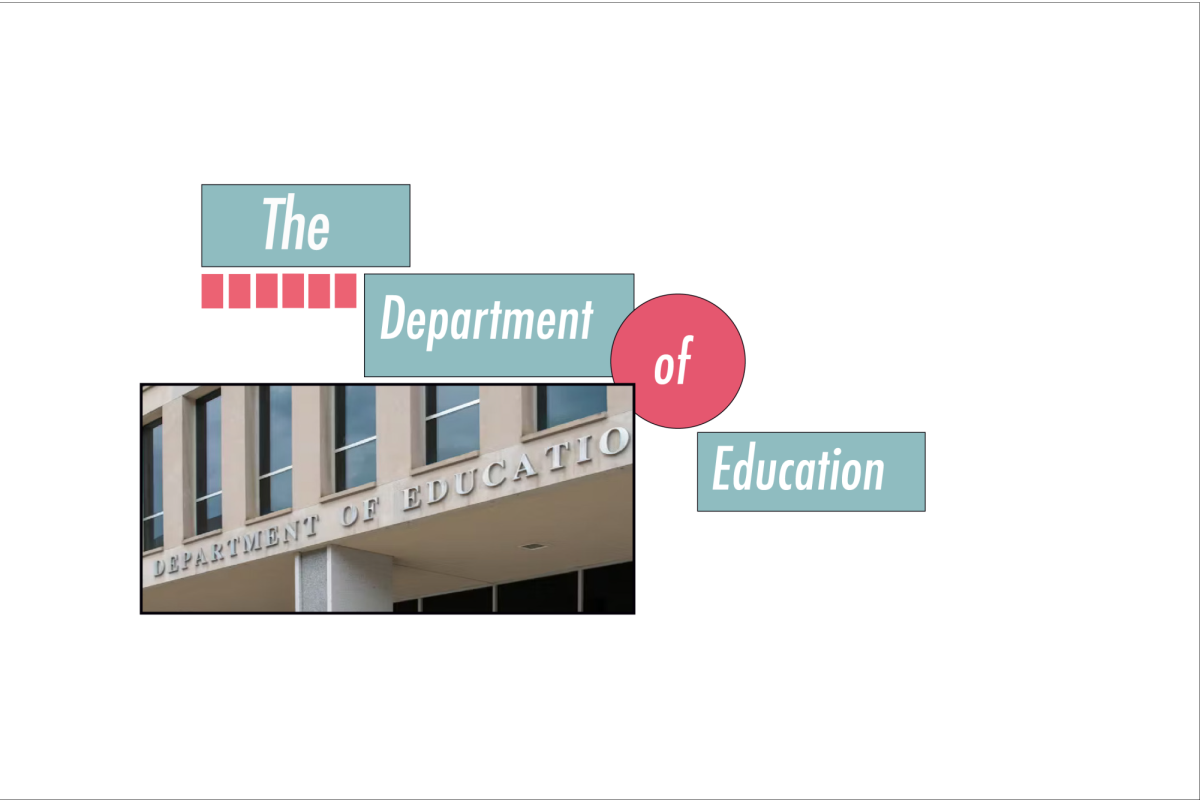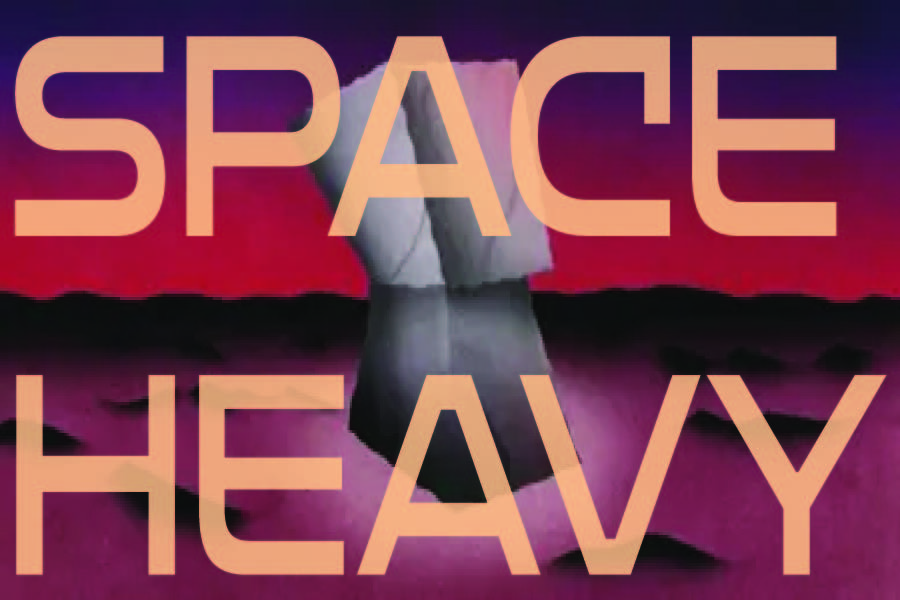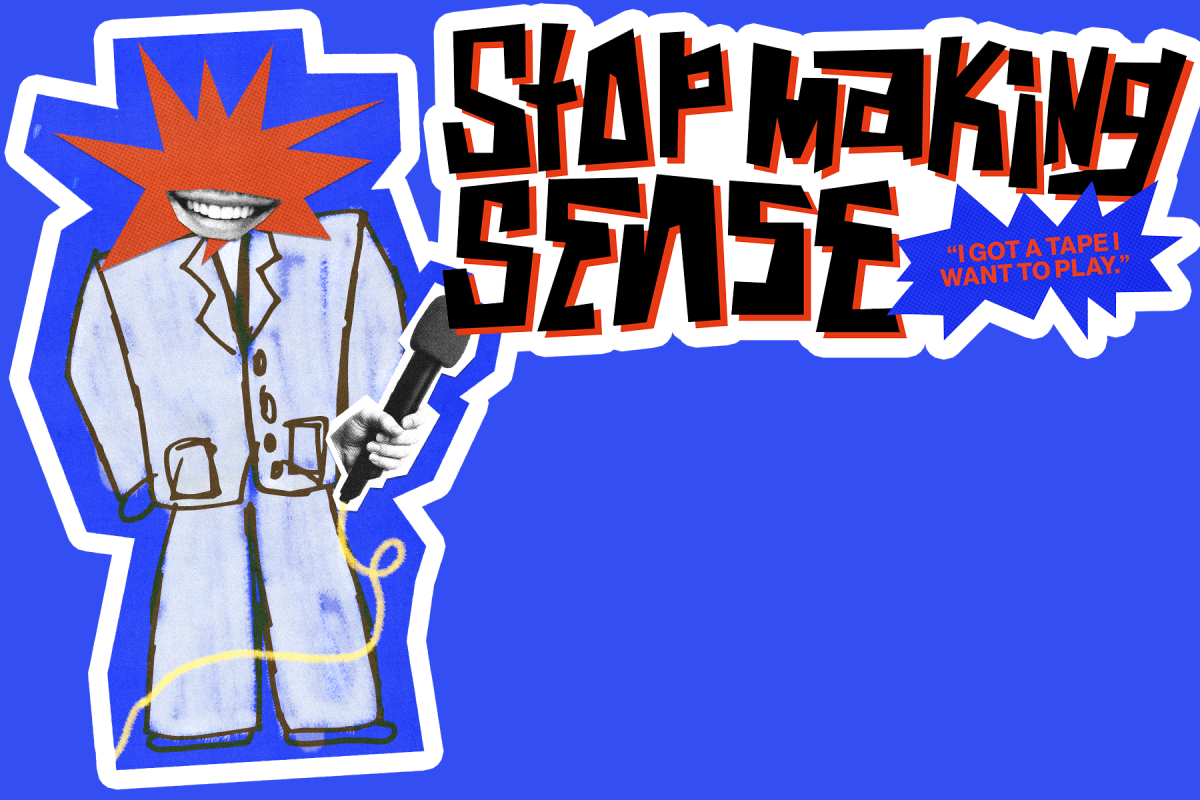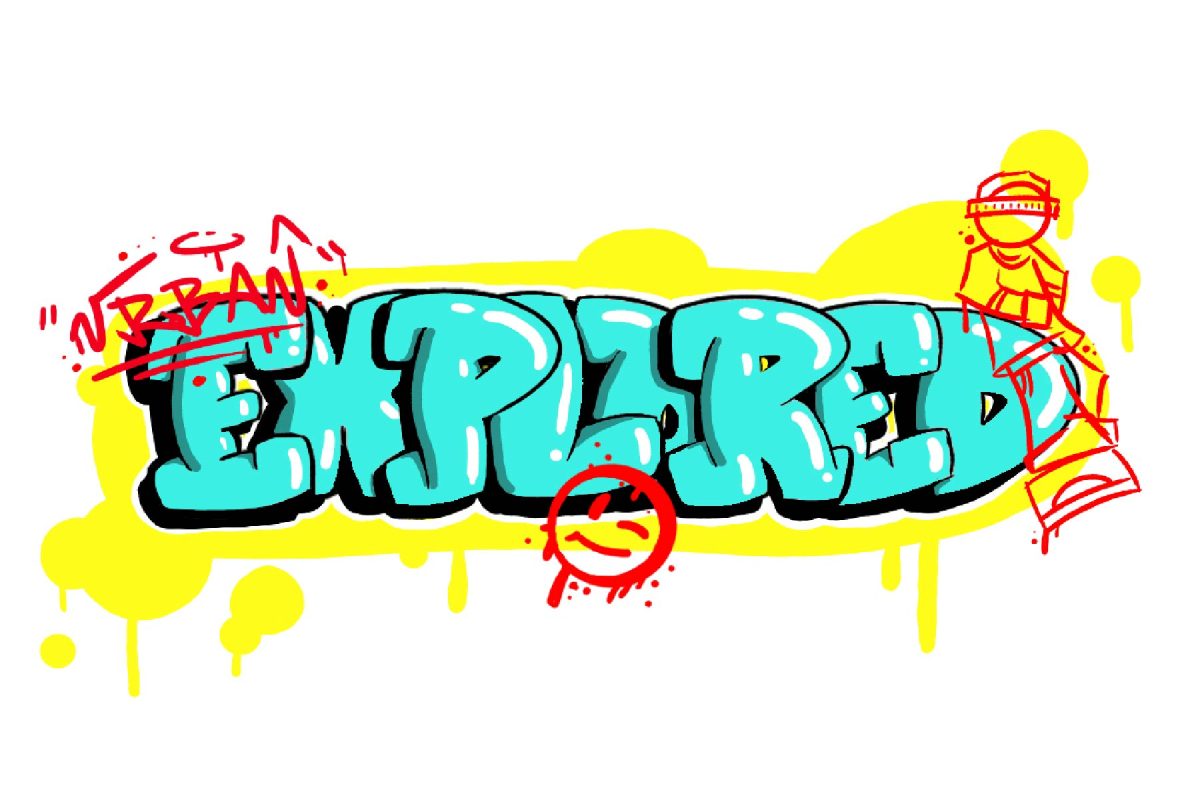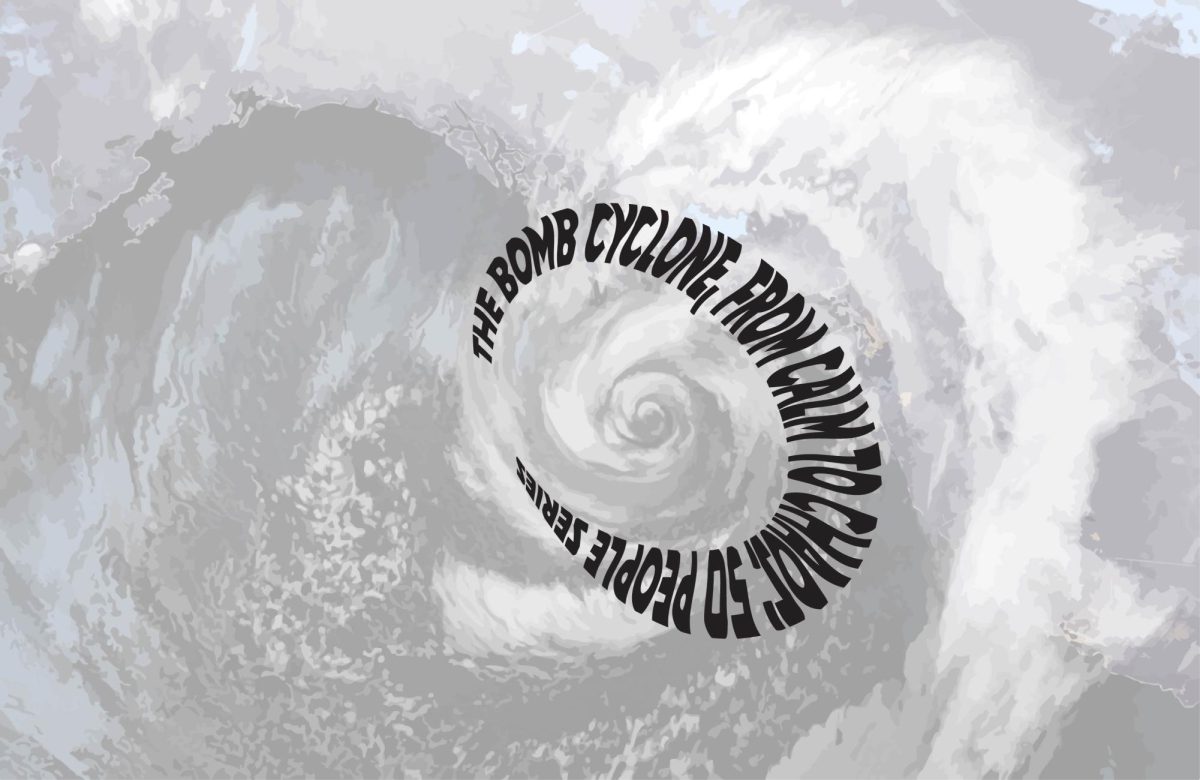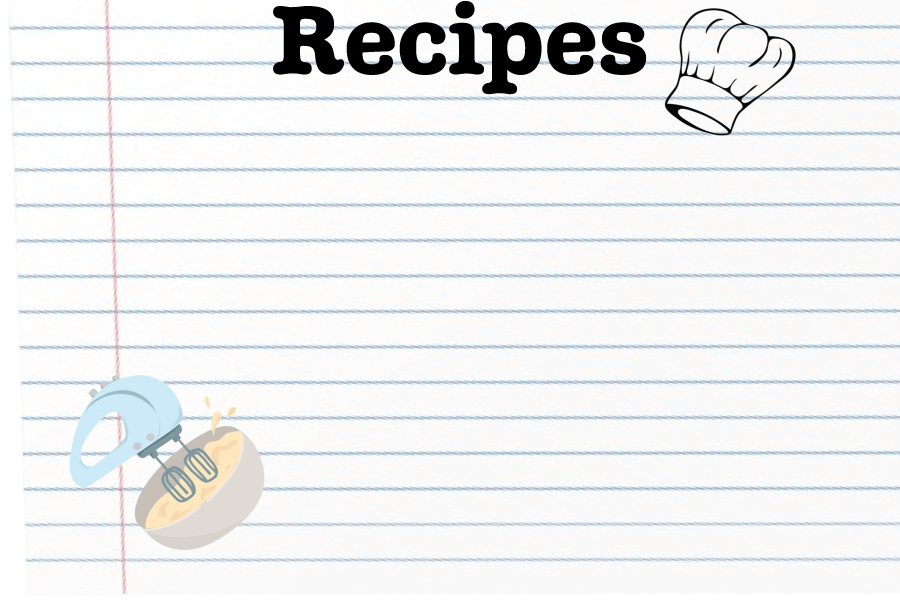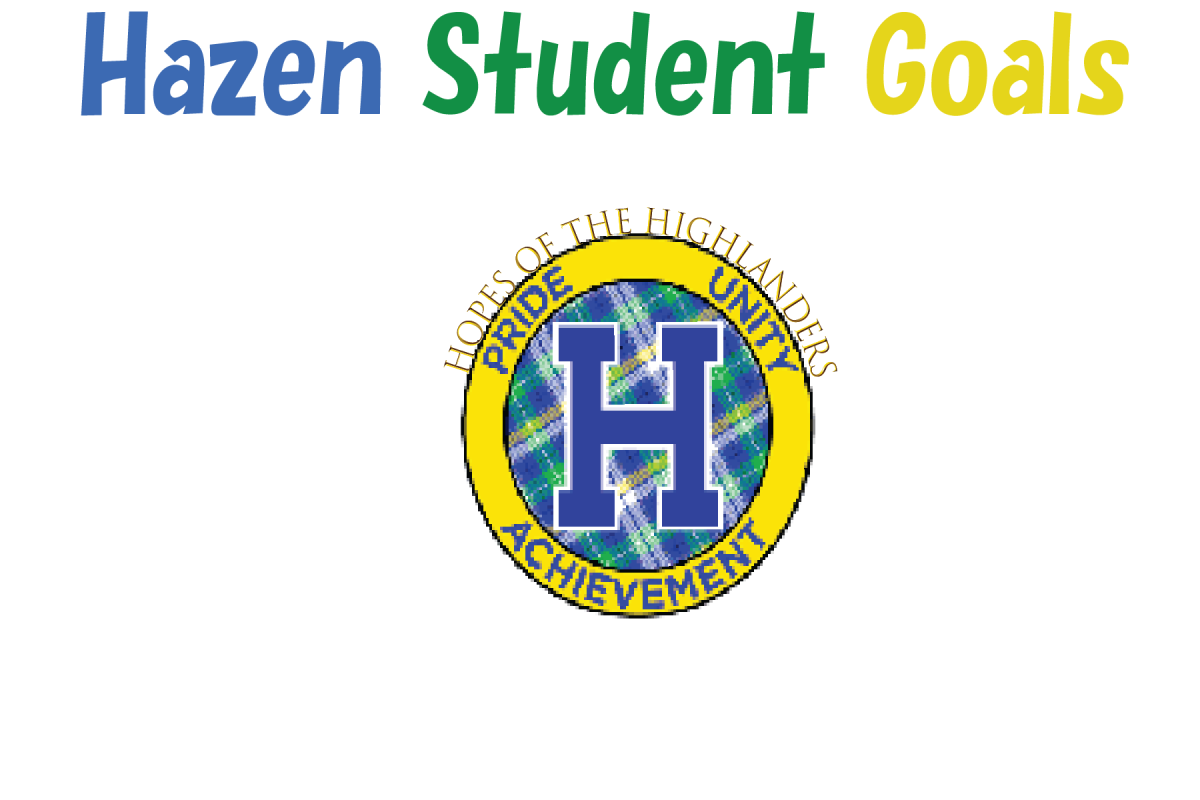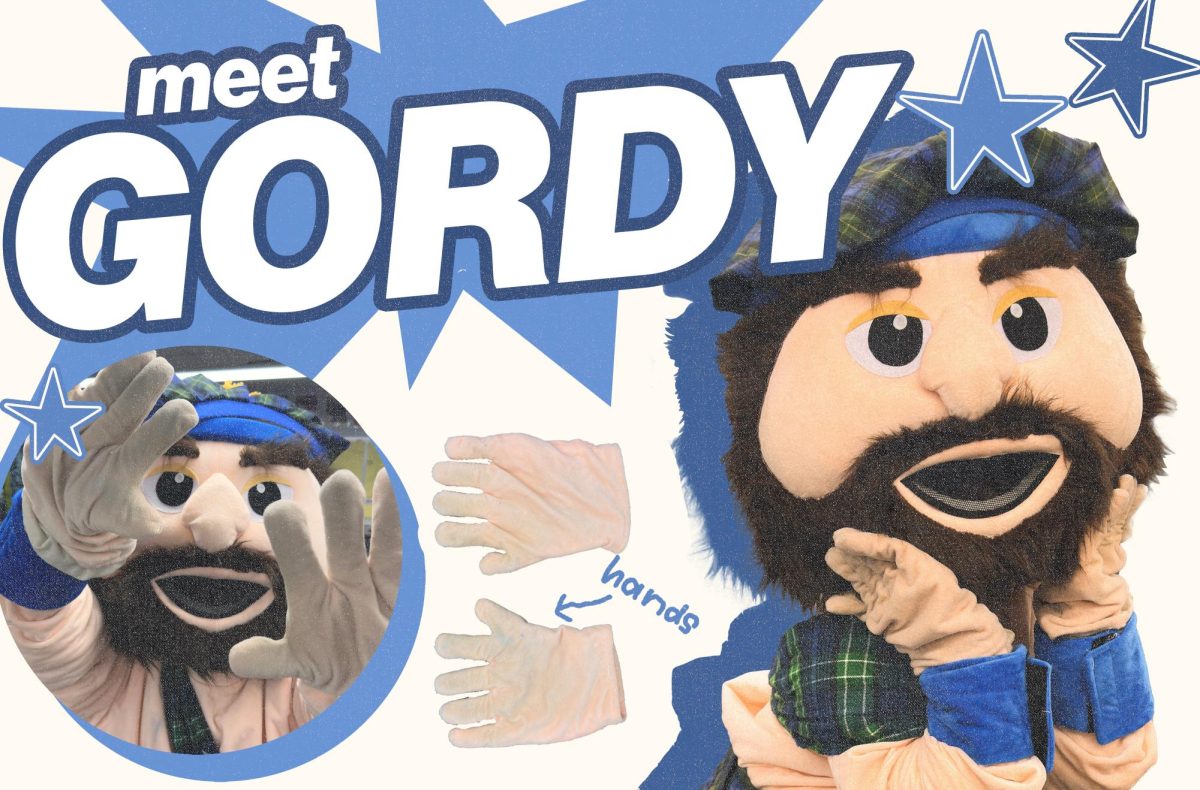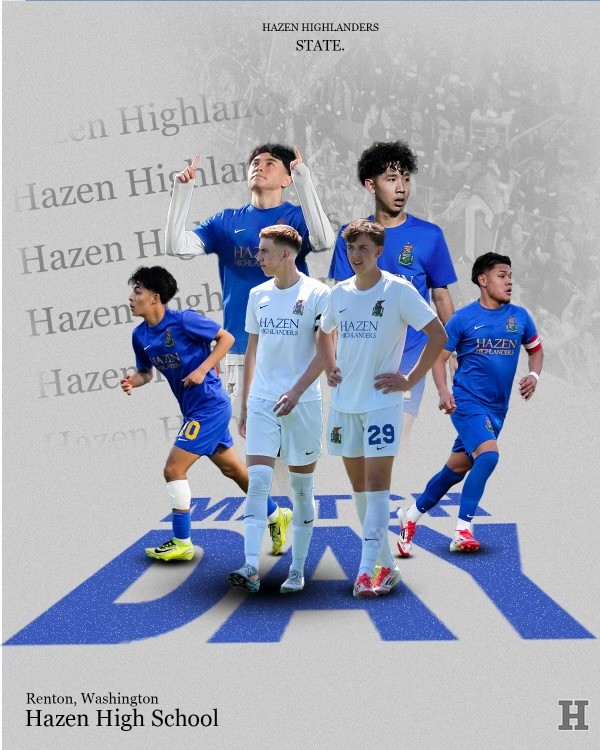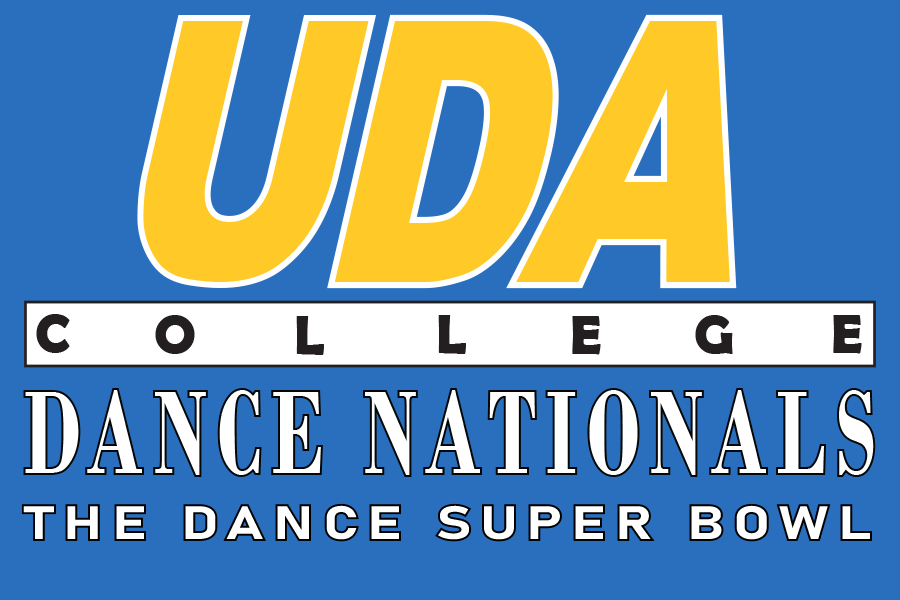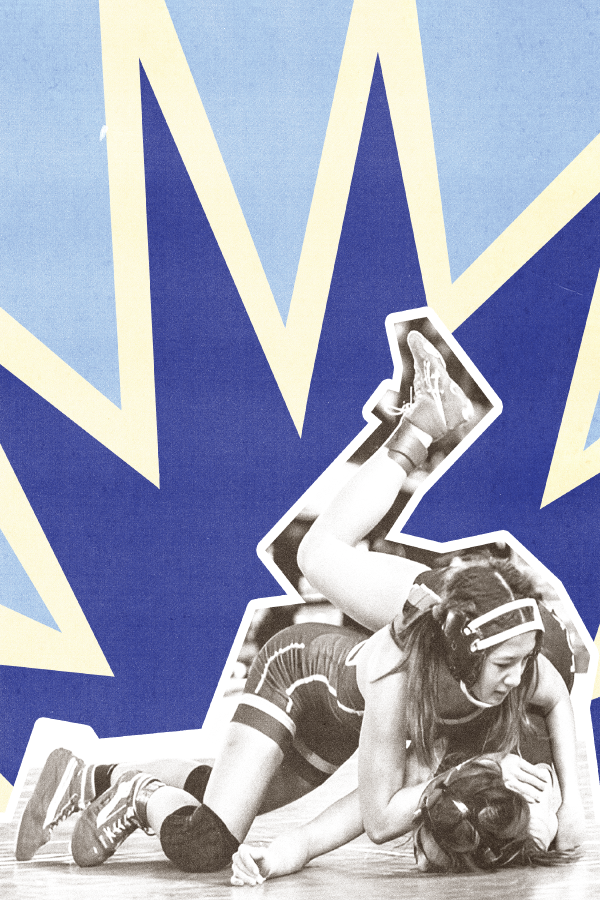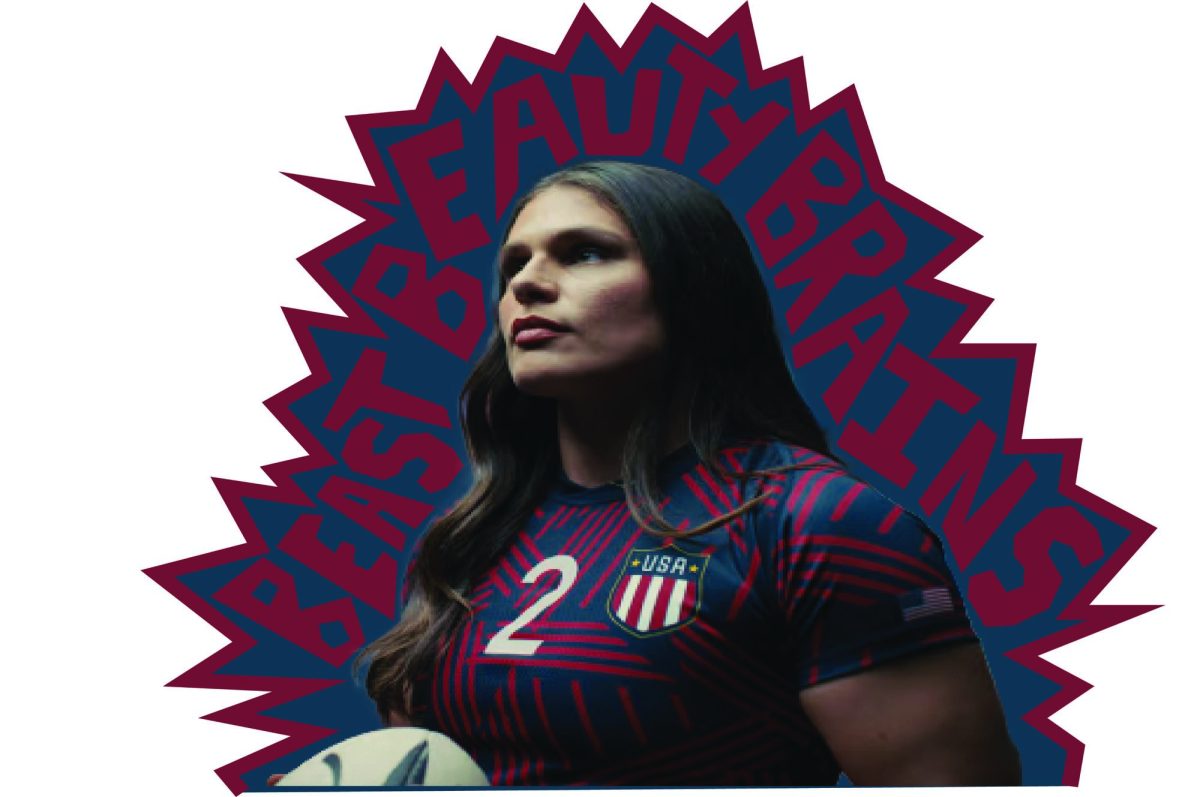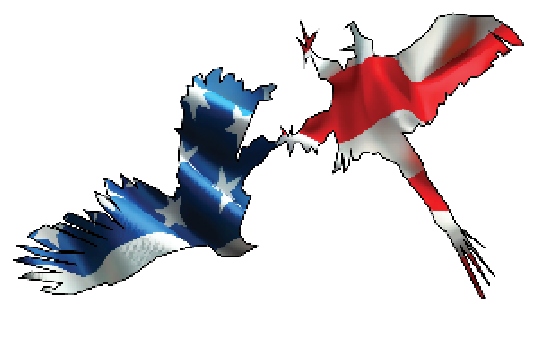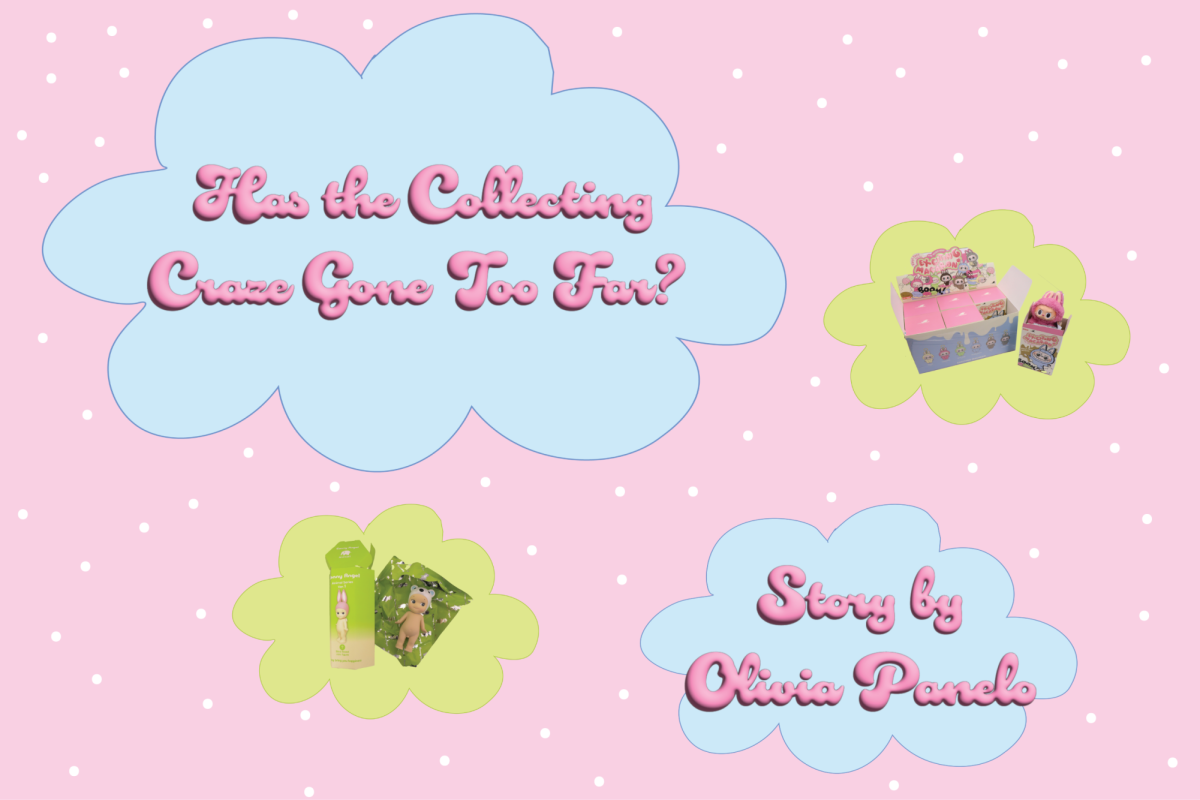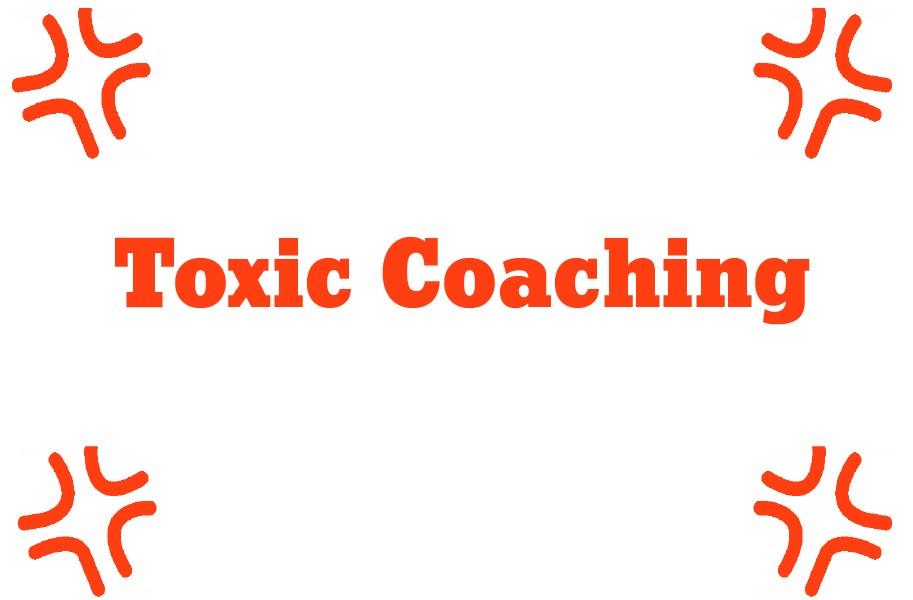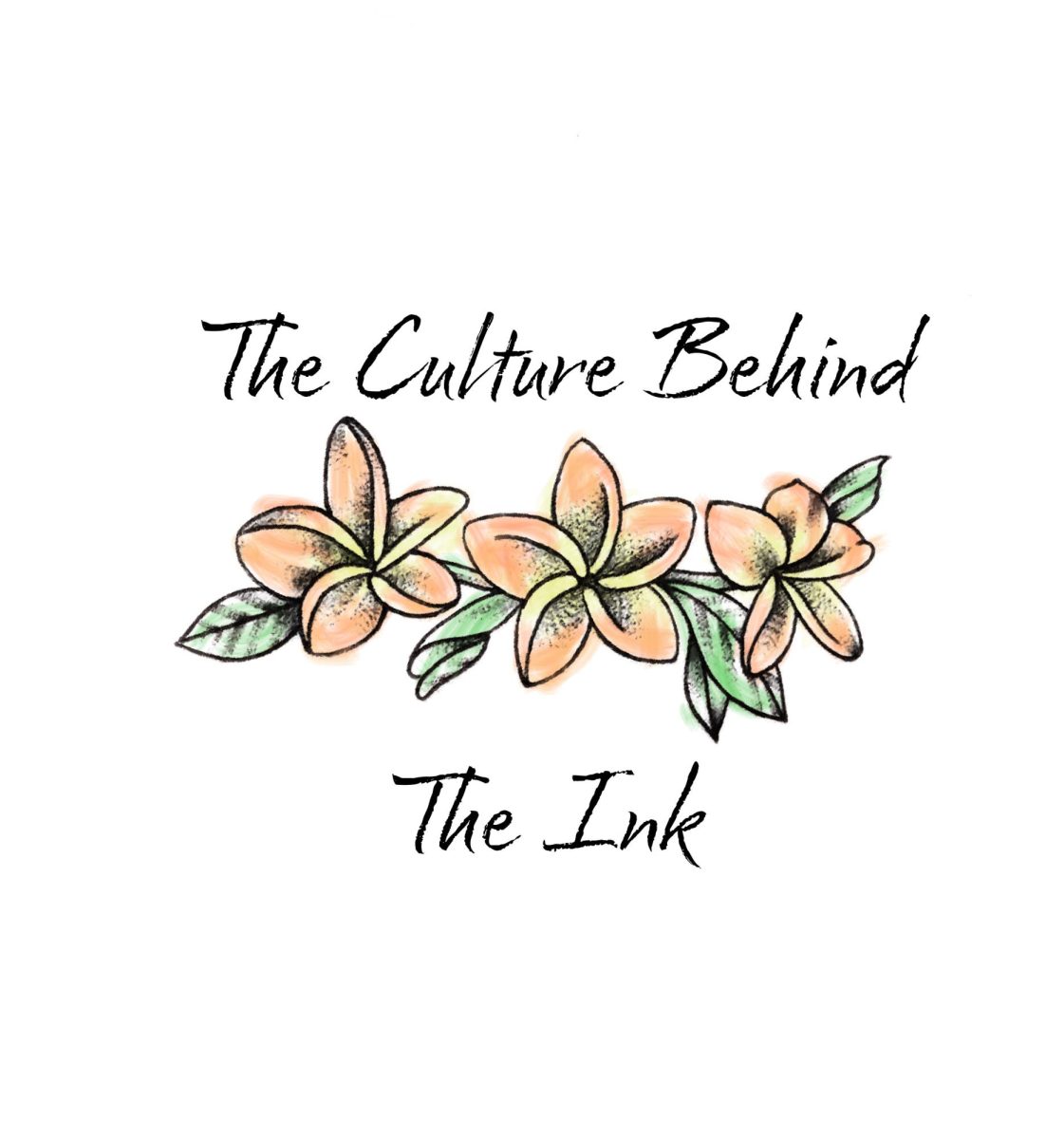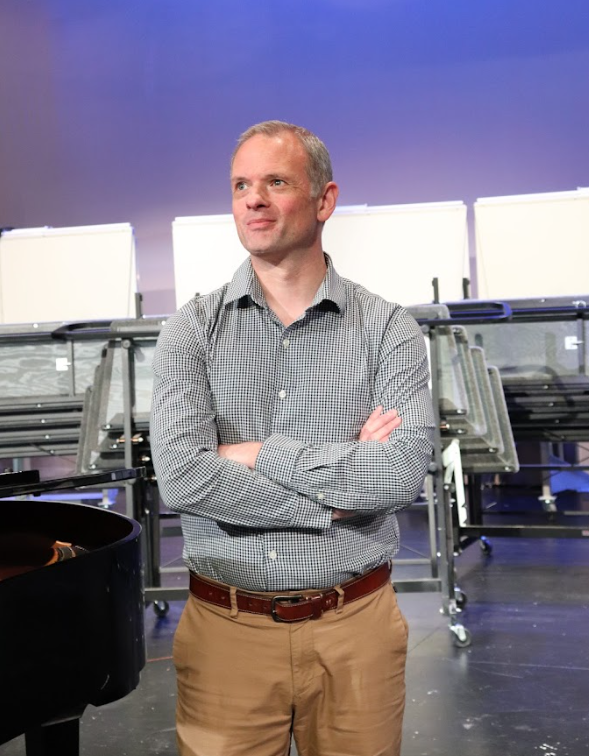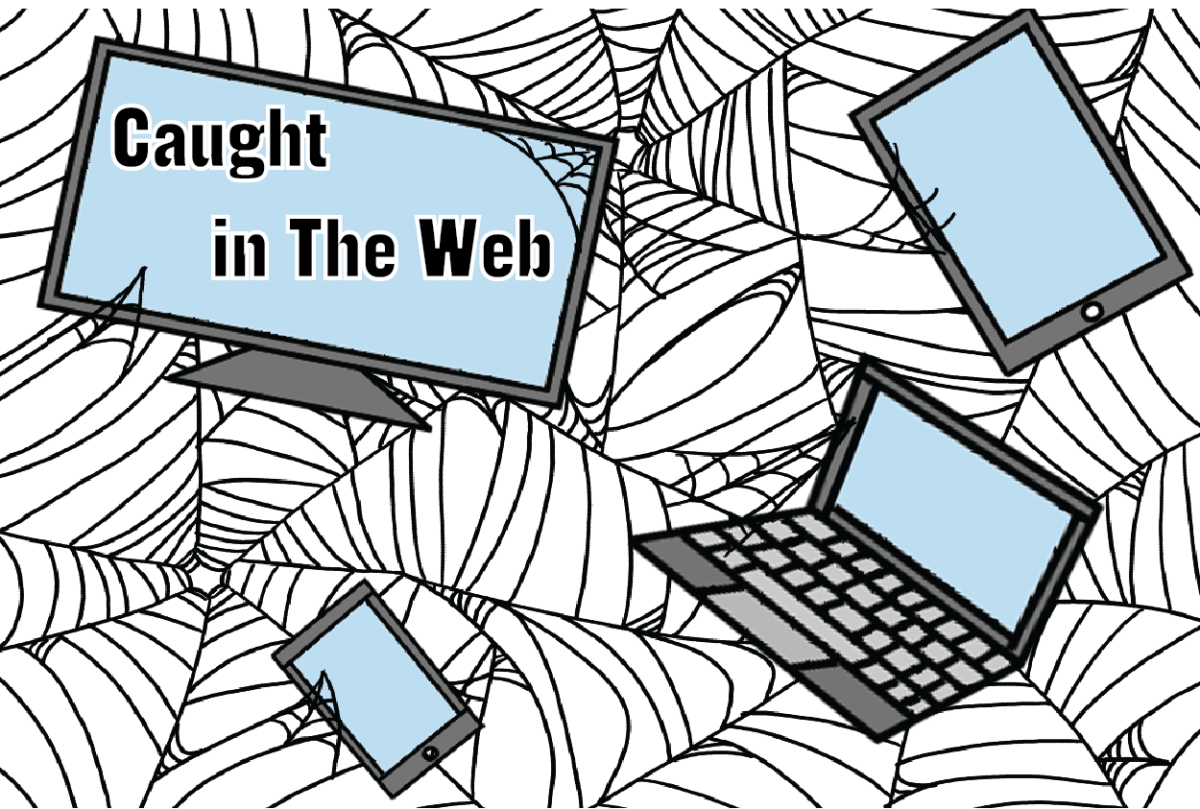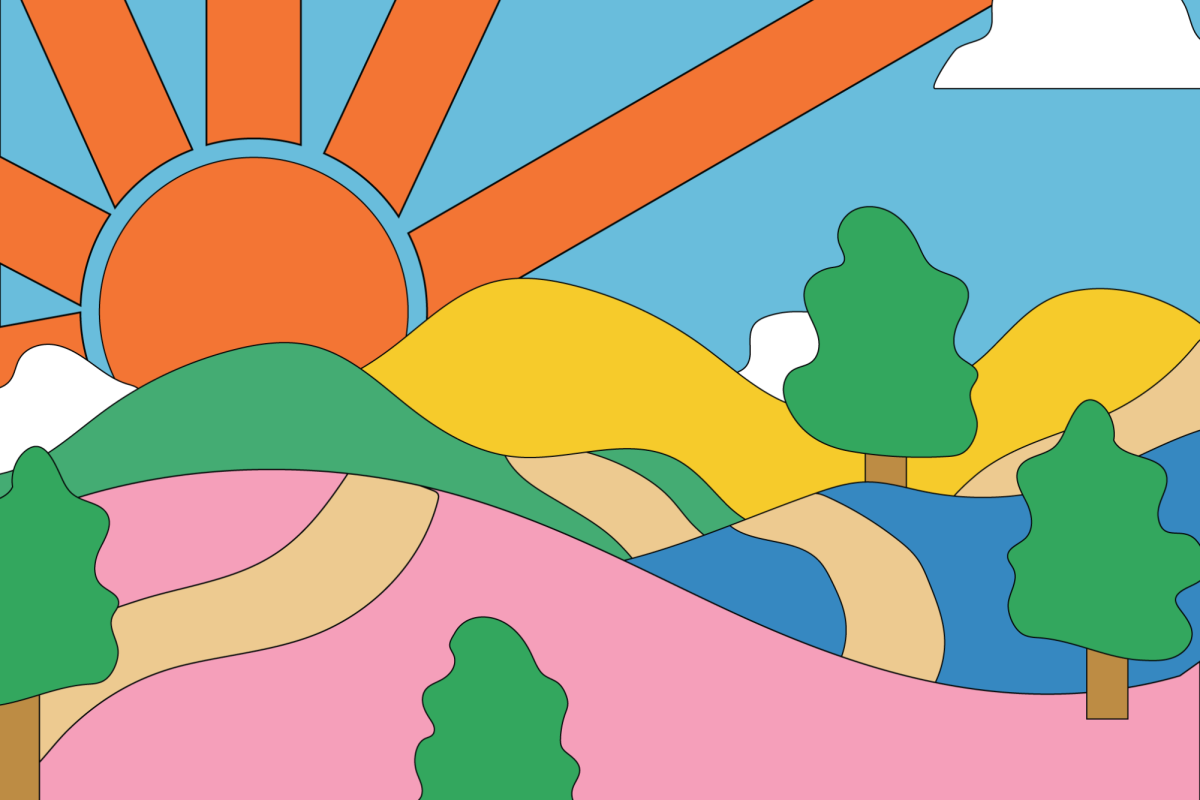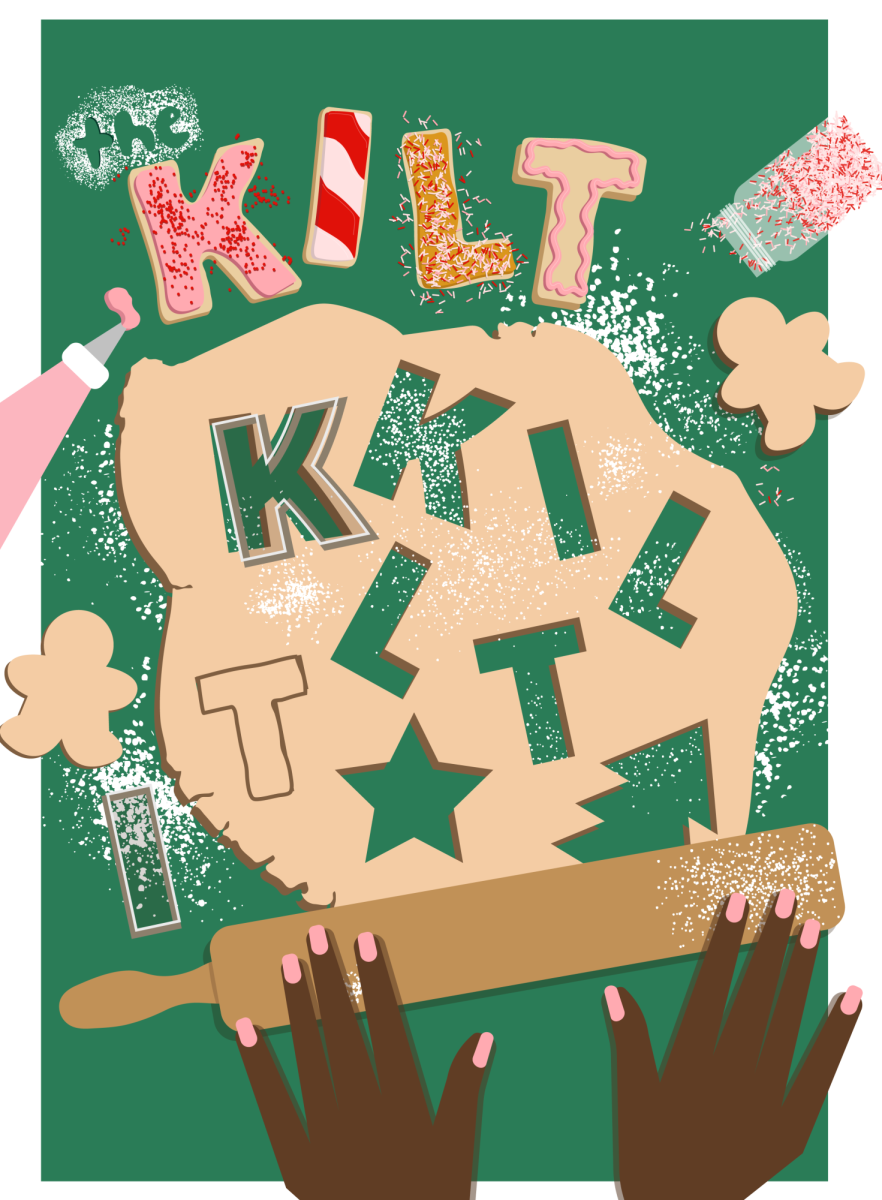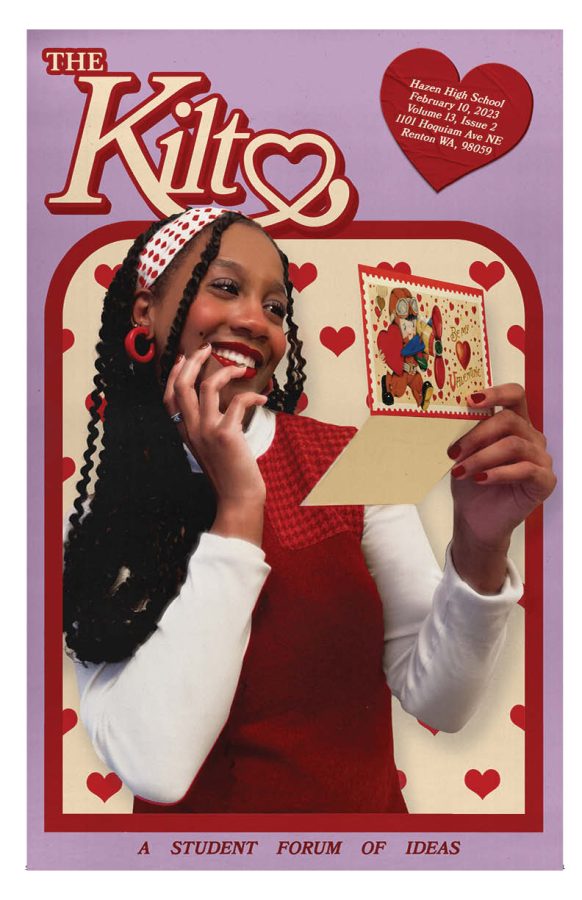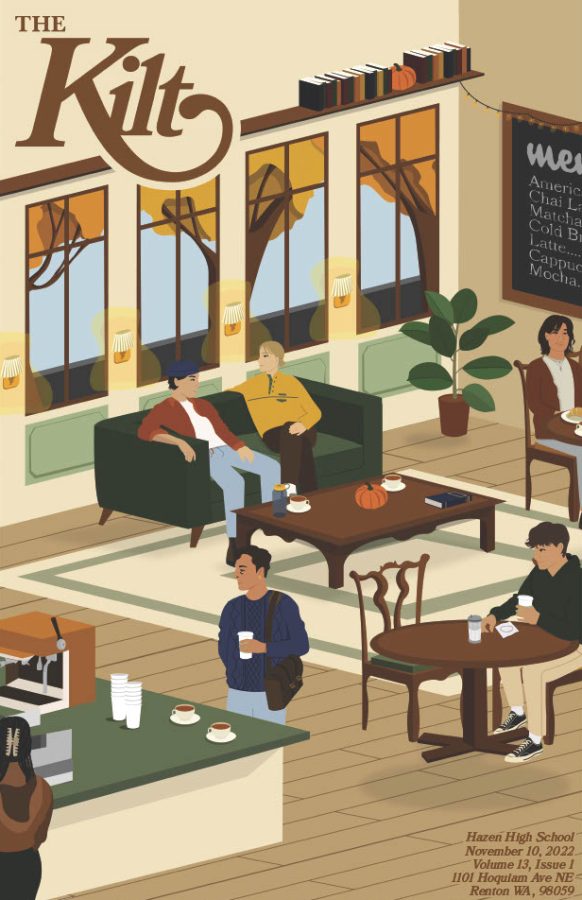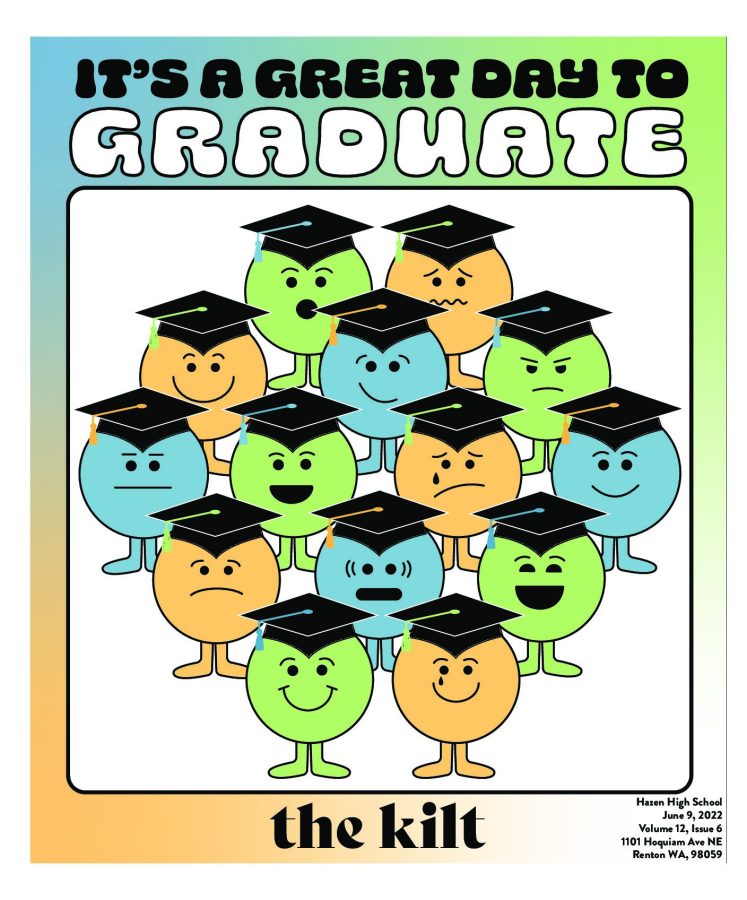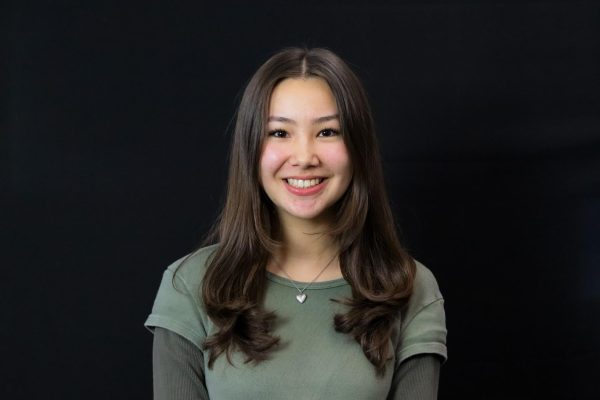Can you spot the difference between AI-generated art and human-made art? Take a closer look. Is there an inconsistency, distortion, or element unachievable by a human? The usage of AI is becoming increasingly normalized, and the complex technology used to create these images is becoming more deceptive. The controversy around AI images has risen as people create fake news with generated images and deep fakes. AI’s ability to replicate art is jeopardizing the value of human-made art.
Take a look at the following images, can you identify which of the four images depicts the original person? Which work of art is made by AI?
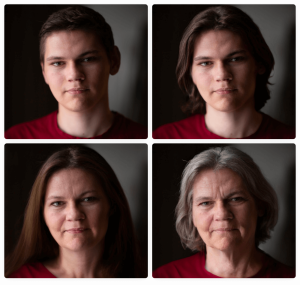
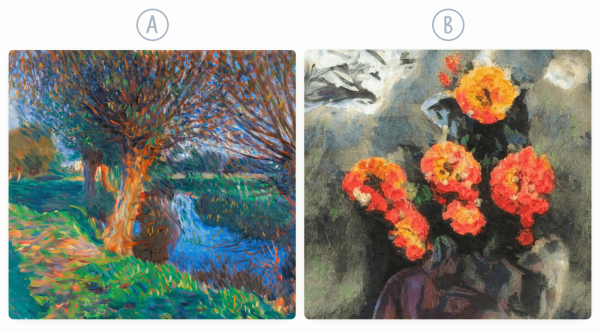
AI Photos:
Image generators such as Bing Image Creator, Microsoft Designer, and Imagen have gained popularity as they can create a custom image with the simple input of a prompt. At first, these programs seemed to bring harmless fun. People experimented by creating comical images and laughing at the mistakes the computer made while fabricating an image. However, some people started using AI images to generate fake news and spread misinformation. AI has been used to manipulate elements to alter the context or meaning just enough to be convincing. Examples of these modifications are changing facial expressions, modifying backgrounds, and adding or subtracting subjects. This misinformation is often posted on social media sites, where many viewers don’t think to fact-check their information.
Additionally, AI-powered deepfake technology has been used to produce highly convincing, realistic videos or images of individuals saying or doing things they never did or that never happened. This has been commonly used to impersonate celebrities, politicians, and influencers by pasting their faces on other people to create a frenzy online and damage reputations.
The dangers of this complex technology were brought to many people’s attention in January 2024 when AI-generated explicit images of Taylor Swift spread like wildfire across social media. Given Taylor Swift’s popularity and large fan base, people were quick to investigate the root of the issue and protect her image. There have also been other online influencers who have been victims of this sort of deepfake and have had less help eliminating these images or preventing them from occurring again. To many, these situations have raised a newfound fear of what could be done to anyone’s pictures or videos that people have public access to.
AI Art:
When was the last time you admired a work of art? Was it the enticing colors, unique brush strokes, or perhaps the message that entranced you? Each element that was worth remembering took the artist long hours of skill, dedication, and thought in the hopes that their piece would resonate with their viewers. Image generators have evolved to have the ability to replicate the look of human-made art, and many speculate how this will impact artists and the value of art.
Some artists have started learning ways to work with AI to enhance their art or generate unconventional art styles. However, many in the art industry who rely on their traditional techniques and styles that can now be automated by AI worry about losing their job. This worry has evidently manifested itself as companies have already started replacing entry-level artists with generative AI.
Although AI may be able to replicate the strokes and design aspects of human art, there is an element of authenticity it cannot replace. Every intentional choice an artist made, every “accident” they worked around, and the heartfelt emotional expression portrayed in their art tell a story. When you visit an art museum, there is always a written explanation beside the work of art explaining the backstory or a guide who explains the significance and helps you connect. Art is nothing without a story and interpretation. This is unique to human-made art, as AI does not create an image or work of art based on a genuine human experience or story but rather a simple prompt without depth. AI art may be perfectly symmetrical or inhumanly elaborate and detailed, but there is beauty and uniqueness to imperfection and significance in storytelling through the human experience.
Answer key: Second Quadrant and A
Photo Credits: Kazimierz Rajnerowicz, https://www.tidio.com/blog/ai-test/

